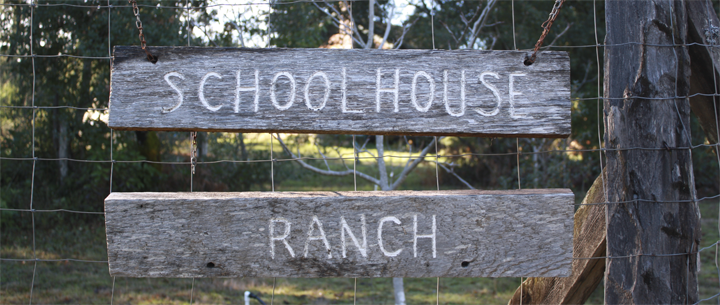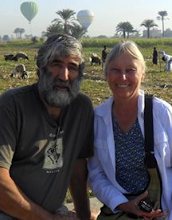Our flight was supposed to leave at 10:45, but we finally left after 1pm. A lot of standing around the airport. For apology, we were given cold, horrible pizza and soft drinks. Ugh. After arriving in Luxor, we went right to the ship, the Tamr Henna. There are many many ships this size on the Nile possibly as many as 250. As you can see from the photo, the diesel fumes hover around the ships. When we dock, we often have to walk through other ships to get to shore. Lotsa ships and tourists. I'm not sure how many staterooms there are on the Tamr Henna, but I think it would be about 50 double staterooms, and maybe a few bigger ones for families. I'm disappointed in the food. As usual for a cruise, there is always plenty of it, but it's mostly quite bland. No seasonings to speak of. Last night I used the hot pepper used in the pasta to add some zing to the chicken and fish. There is always meat, chicken, fish, rice, potatoes, veg- fixed in various ways. The fish is always good, even without much seasoning. But only one night did we get Egyptian food, otherwise same old, same old.
Our room is lovely, with sliding glass doors and a porch wide enough to stand on - a porch for your toes. Our evening's agenda was the Temple of Luxor. It is beautifully lit at night, making it appear more mysterious than it would in the daytime. I was amazed at the massive columns of limestone. In front of the temple is one of the two obelisks that once stood there. I had to ask if it was new, so clear were the heiroglyphs. The other one was given to France and is at the place de la concorde in Paris. Quite a gift to give - one of your country's priceless antiquities. But of course, they do have a lot of them, as we were to find out the next day.
As our bus navigated the narrow streets, I was fascinated by the life going on around us. Men steering donkey carts laden with all kinds of things - sugar cane which is one of the main crops grown here, or brush for cooking fires or stuffed bags piled high with who knows what, or a cart with a family. And in the midst of all this tourist traffic is a small herd of sheep heading down an alley. Most of the women wore long dresses and head scarves, but there are the occasional women in full hijab with slits for their eyes. It's very disturbing to see, as if they are black ghosts. The men wear galabyia which are long dresses in dull colors. Even the farmers in the fields wear these. I did not see women farming at all. I think their jobs are cooking, cleaning and taking care of children. Men bring in the money. Very traditional. Khalid says that every Egyptian is very attached to the land and where they grew up, and that life is pretty much unchanging except for the ever present satellite dishes and cell phones.
still standing
2 years ago






No comments:
Post a Comment